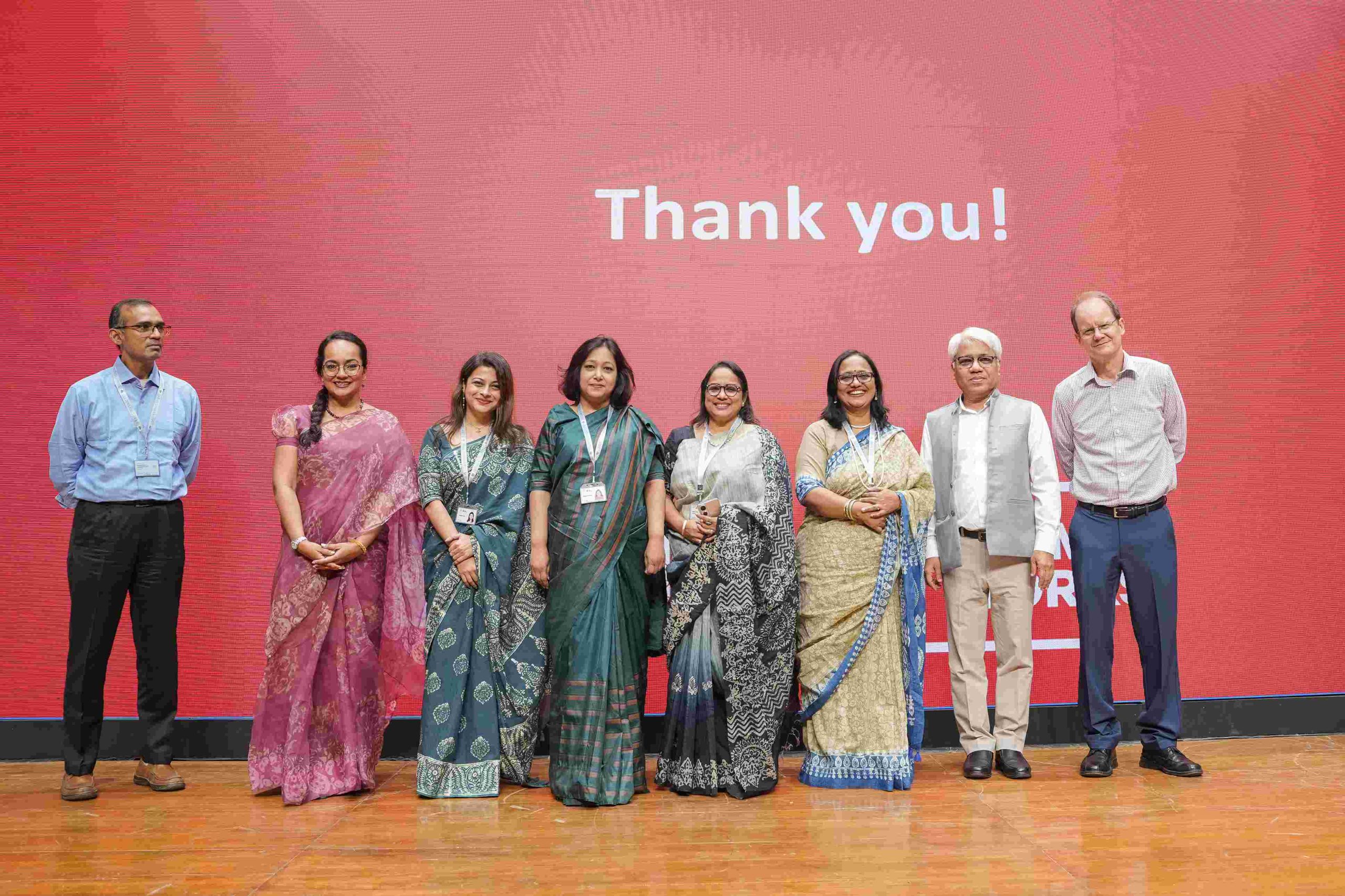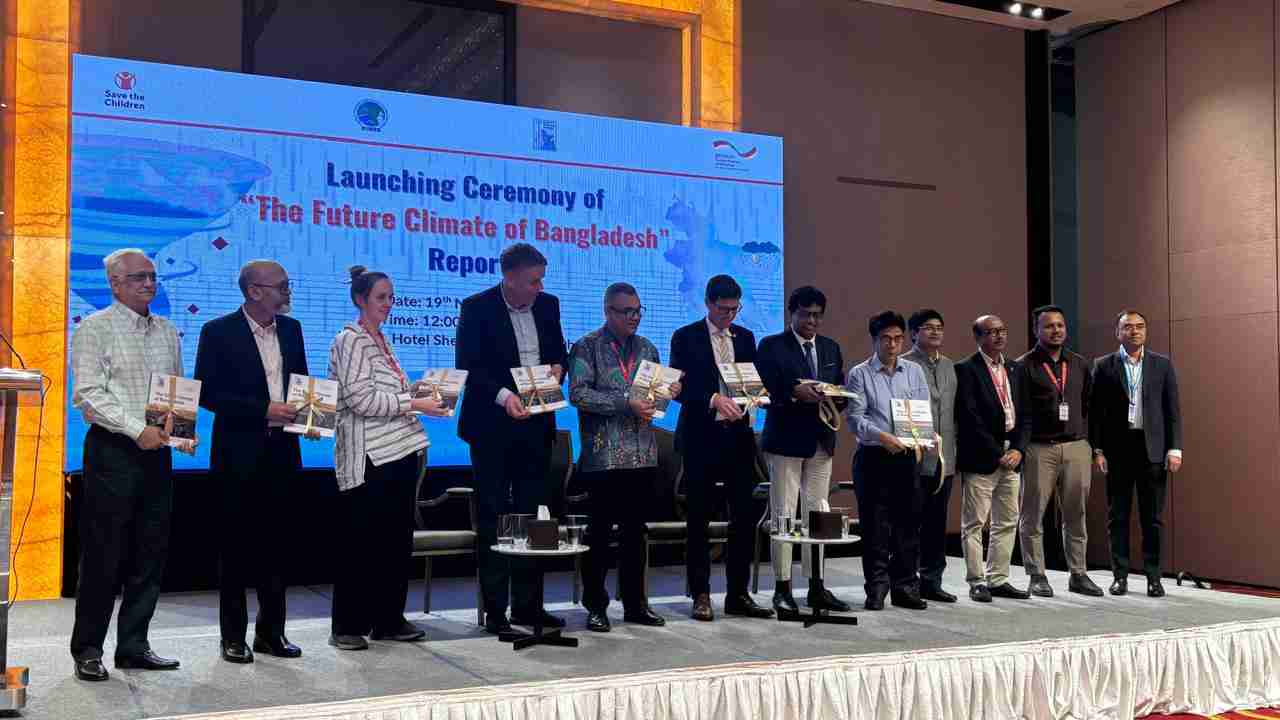Individual actions will help us mitigate climate change as long as we deploy the most powerful tool in our arsenal, hope.
Our world is becoming unstable due to rapid climate change. It has been long feared that we may soon reach inflexion points that will cause the demise of ecosystems and our civilisation since our emissions won’t decline quickly enough to prevent irreversible global warming. However new evidence can reassure mankind that there is change occurring that can negate at least some of the perpetuations of the much-feared dystopian future.
As of 2022, the average worldwide temperature has increased by 1.2 degrees Celsius compared to pre-industrial times.
Apocalypse Now
Climate change is a global challenge with far-reaching consequences for the survival of life on Earth. As of 2022, the average worldwide temperature has increased by 1.2 degrees Celsius compared to pre-industrial times. In 2015, at the UN Earth Summit, 175 parties signed a treaty called the Paris Agreement for nations to work together to keep global warming under 1.5 degrees Celcius. However, with the current level of global warming, we are unlikely to achieve this target. If global warming exceeds 2 degrees Celsius, the effects could be adverse. If it climbs more than 4 to 8 degrees, hundreds of millions of people’s survival will be at stake. The future seems dark and daunting, exacerbated by hopelessness and apathy at the apparent lack of action to battle climate change.
The Four Stages of Climate Grief
Sentiment towards climate change has evolved in four stages. Initially, in stage 1, climate change was considered not real. In stage 2, we understood climate change to be real, but not to be caused by human activity. In stage 3, it was accepted that climate change is caused due to human activities, but its effects were not considered to be critical. Finally, in stage 4 we came to the revelation that climate change is real, it is caused by human activities, its impact is uncontainable, and regardless of what we do, it cannot be stopped. Now comes the question of whether our society is prepared to make the necessary changes needed to prevent an all-out apocalypse. While most would say, “No!” there is reason to believe that humanity will find a way out of this hole we have dug ourselves in.
Policy Matters
Believing in the possibility of change has inspired the recognition that collective action will result in positive outcomes. This is where policy is crucial. Policy changes are critical to enforcing carbon footprint reduction. Through rigorous adherence to policy, coal consumption has decreased in developed nations like the US and UK. But in less regulated parts of the world, such as China, its consumption has increased. Since 2015, around 75% of proposed coal plants have been scrapped, and this would have felt like wishful thinking, but today we can state with certainty that coal is slowly on its way out. Simply put, coal is no longer competitive because technologies that we anticipated would remain expensive, such as wind and solar power, have developed quickly and its price has gone down drastically.
Collaboration and collective action have already demonstrated the possibility of change. The Paris Agreement, which today has been signed by 195 parties, was a watershed moment in the fight against climate change. While the Paris Agreement’s implementation has been slow and uneven, the reality is that with collective action, there is indeed a chance and necessity of achieving any meaningful reduction in greenhouse gas emissions.
Now comes the question of whether our society is prepared to make the necessary changes needed to prevent an all-out apocalypse. While most would say, “No!” there is reason to believe that humanity will find a way out of this hole we have dug ourselves in.
Simple Economics
One of the most significant barriers to addressing climate change is the belief that it will be too expensive and detrimental to the economy. In the past, this has sparked bitter debate between developing and industrialised nations about whether it was fair to reduce emissions in developing nations while their populations were still in poverty. The fundamental argument here is that countries that are developed now and are enjoying a good quality of life with lower pollution levels have been able to achieve it by first exploiting their natural resources. Developing nations should therefore share the same privilege. However, updated evidence suggests that delaying action on climate change will be far more expensive in the long run, given the increased need for emergency response and the economic and infrastructure damage caused by climate change. Research also indicates that shifting to a low-carbon economy can spur economic growth and job creation, particularly in fields such as renewable energy and energy efficiency. As such, In the past 10 years, we’ve observed that this debate has subsided. Provided that the developed world is willing to dedicate resources to aid developing nations in reducing their carbon footprint, it might be possible to continue to advance the economy without burning heaps of fossil fuel. Examples of developed nations that have been able to achieve this remarkable feat include the Czech Republic, where emissions decreased by 13% while GDP increased by 27%, France, whose GDP increased by 15% while CO2 emissions decreased by 14%, and Romania where they were able to reduce emissions by 8% while growing their GDP by 35%. Even the USA, which has the largest global economy, managed to boost its GDP by 26% while cutting carbon oxides by 4%.
All That Is Carbon Is Not Black
Governments can promote carbon capture and storage technologies by offering incentives to companies to invest in them, fund their research and development, and impose emissions-reduction regulations on industries. ‘Carbon capture and storage,’ as its name suggests, is a process that captures and stores carbon dioxide emissions from industrial processes. This process has the potential to significantly reduce emissions in industries such as power generation, cement manufacturing, and steel production. Corporations can also help carbon capture and storage technologies by purchasing carbon offsets and avoiding products that contribute to greenhouse gas emissions. The manufacturing of steel, cement, electronics, and breakthroughs like synthetic meat and carbon capture can all be done with low carbon emissions. Contrary to previously held beliefs, emissions are no longer always correlated with economic growth. Since 2000, wealthy nations have seen a decline in their CO2 output without experiencing a significant decrease in GDP. This decline has been 21% in Italy, 28% in the UK, and 35% in Denmark.
Collaboration and collective action have already demonstrated the possibility of change. The Paris Agreement, which today has been signed by 195 parties, was a watershed moment in the fight against climate change.
Renewable Revolution
One of the most important steps we can take to reduce greenhouse gas emissions is to switch to renewable energy sources. The transition to renewable energy sources is well underway, and the data shows promising results. Wind energy became three times more affordable in just ten years. Despite the significant subsidies and extensive global infrastructure supporting fossil fuels, solar electricity is currently 10 times more affordable than coal or any other fossil fuel-burning power plant. Compared to 10 years ago, 25 times more solar and nearly 5 times more wind energy is produced today. However, this is not nearly enough. These technologies have unreliable output and frequent fluctuation is one of their major challenges. To be a dependable power source, renewable energy requires a lot of energy storage, which is only possible using large-scale batteries that are still quite expensive. Remarkably, battery costs have dropped by 97% over the last 30 years and 60% over the last ten years alone.
According to the International Renewable Energy Agency (IRENA), renewable energy accounted for nearly 72% of new power capacity additions globally in 2019, with solar power being the fastest-growing renewable energy source. Furthermore, BloombergNEF predicts that renewable energy will account for more than half of global electricity generation capacity by 2030, owing to falling costs and rising demand for clean energy.
Transport Transformation
The transportation sector contributes significantly to greenhouse gas emissions. The good news is that the transition from fossil fuels to renewable energy is already underway, with electric vehicle (EV) sales increasing rapidly, owing to government incentives, lower costs, and improved charging infrastructure. EV sales are expected to account for 3% of global car sales by 2025, and 14% by 2040, according to the International Energy Agency (IEA). The IEA has also stated that the rise of commercial electric vehicles, such as buses and delivery trucks, is also contributing significantly to the decarbonisation of the transportation sector. Over 70% of brand-new cars in Norway in 2020 were either electric or hybrid. In 2021, just over the span of one year, this proportion jumped to 80%. In addition, greater insulation, electric heating, and fuel-conserving speed regulation for freight ships have all reduced emissions and will continue to do so.
Contrary to previously held beliefs, emissions are no longer always correlated with economic growth. Since 2000, wealthy nations have seen a decline in their CO2 output without experiencing a significant decrease in GDP. This decline has been 21% in Italy, 28% in the UK, and 35% in Denmark.
Optimism
The most powerful and underrated weapon in our arsenal is hope. Hope for humanity is crucial for its survival. Consider the hopelessness we felt around the world when the coronavirus pandemic of 2019 halted all human activities. But then humanity banded together to produce a vaccine in record time that not only flipped the switch back on but significantly reduced the number of COVID deaths. We also managed to get the thinning ozone layer healing again by being proactive. We trusted that the scientific community has the answer, and acted based on their recommendations to stop using consumer products with CFC in them. In both of these monumental cases, we had hope and optimism that the scientists and researchers of the world will solve a global issue based on a strong foundation of facts and information. When it comes to climate change, our attitude must remain the same.
While coal lobbyists with their virtually limitless pockets will continue to promote fossil fuel consumption and lead us to believe that our individual actions will never save us from the inevitable destruction of the planet due to climate change, the scientific community will continue to advocate for global unity to save the planet. The truth is, every little conservation effort counts and climate change mitigation does in fact start in our households. In the equation to mitigate climate change, these efforts are the variables, but the constant that keeps the intercept positive is hope.

Sirazoom Munira
Program Officer
Global Center on Adaptation
Email: sirazoom.munira@gca.org
The writer is a professional working with disruptive tech and global business.
He can be reached at maimun.m@gmail.com
















